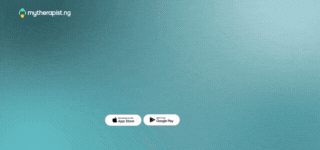Light Therapy (or Phototherapy) involves exposure to artificial light—commonly a light box emitting bright, full-spectrum light—to regulate circadian rhythms and combat mood-related symptoms. It’s notably used for Seasonal Affective Disorder (SAD).
Key Points:
- Typical Protocol: Daily sessions of 20–30 minutes in front of a 10,000-lux light box, usually in the morning.
- Applications: Treating seasonal depression, some non-seasonal depressions, circadian rhythm disorders (e.g., shift work sleep disorder).
- Side Effects: Headaches, eyestrain, or irritability if the intensity or duration is too high; usually mild and resolve with adjusted exposure.
- Efficacy: Many individuals with SAD report significant improvement, though results vary. Combining light therapy with psychotherapy or medication can enhance outcomes.



